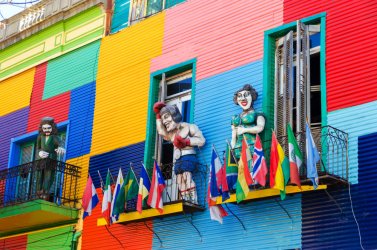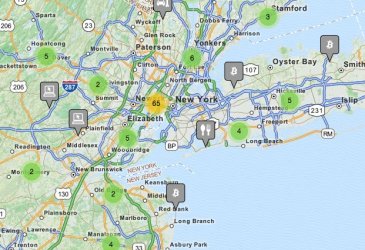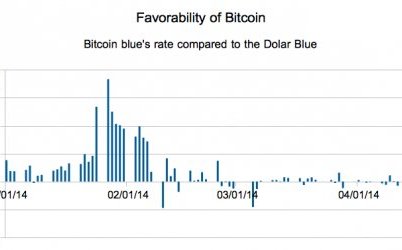Bitcoin accepting sites

James Downer is a student of International Relations and Computer science, and is interested in the collision between the two. Here, he discusses bitcoin’s growing role in Argentina and the nation’s thriving black market for dollars.
The US dollar black market doesn’t just thrive in Buenos Aires, it’s published in the paper every morning.
Swinging by one of the city’s newsstands, you’ll find the official peso to dollar rates published next to the ‘dólar blue’ rates at the top of the morning edition of La Nación, and if you walk downtown to Calle Florida, the arbolitos (street traders of black market currency, literally ‘little trees’) that stand planted on the busy commercial street greet any foreigner they see with barks of “Cambio! Cambio! Cambio!”.
Currency restrictions have become more stringent in Argentina in recent years as the government struggles to prop up confidence in the peso by restricting the dollar. These restrictions have held the official rate down to around 8 to 1, but the blue rate at around 10 to 1 is so favourable that dollars determine tourism prices and denominate everything from technology purchases to property.
A history of inflation
Confidence in the dollar and lack of faith in the domestic peso is deeply woven into the culture of Argentina. periods of inflation are so frequent in Argentinian history, those who don’t have an escape from the inflationary currency are quickly left behind.
periods of inflation are so frequent in Argentinian history, those who don’t have an escape from the inflationary currency are quickly left behind.
Inflation over the past year reached 100% by private estimates, but that pales in comparison to the economic crisis of 2001, when Argentina declared bankruptcy and ruptured peso parity with the US dollar, freezing bank accounts for many. At the peak of the crisis, when one woman couldn’t get money from her account, she doused herself in gasoline in the middle of the bank floor and set herself on fire.
Before that, back in the late ’80s, Argentina saw one of the worst periods of inflation in modern history, reaching 5, 000% over the course of 1989, resulting in massive food shortages and riots around the country. Haunted by decennial crises, Argentinians rationally hoard dollars, with a sum total of around $50bn allegedly hidden in walls and under sofa cushions.
Hoarding bucks
Those who have the means and access look for banks outside the country dealing in dollars or euros, and some choose to invest in domestic property (also denominated in dollars, or pesos at the blue rate), but many turn to cuevas (underground exchange houses, literally ‘caves’) or arbolitos to guard their savings in physical dollar bills.








